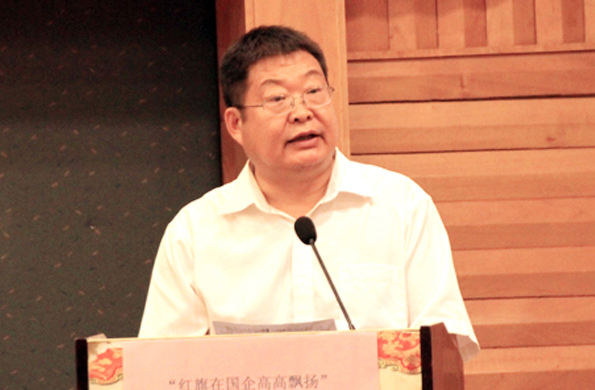Ieoh Ming Pei: A master of cultural integration
 Ieoh Ming Pei, a well-known Chinese American architect, passed away on May 16 at the age of 102.
Ieoh Ming Pei, a well-known Chinese American architect, passed away on May 16 at the age of 102.
Born on April 26 into a prestigious family from Suzhou, a city close to Shanghai, Pei grew up with a curiosity for the city’s grand architecture. He studied architecture at MIT and Harvard University. He won many prizes as an architect.
Most of his designs were for public, cultural or educational buildings. His works show distinct modernist characteristics that are manifested not only in the wide use of steel, concrete, glass and stone but more importantly in the adoption of elements from both Chinese and Western architectural traditions.
The reason why he has been considered the “last master of modern architecture” is largely related to his penetrating understanding of both Chinese and Western traditions and his efforts in exploring the balance point between them. Pei’s works display the integration of traditional and modern elements, the fusion of technology and culture, and the intimate relationship between the functional and the human. His works aim to find ways of localizing his ideas and passing on traditional elements. On the other hand, his works also reveal modern lifestyle. He upheld the principle of highlighting light in design, and his works radiate a sense of fashion, brightness and novelty.
Looking at the marvelous designs of Pei is like reading a literary classic. We may get a soothing experience, a sense of elegance and uniqueness, just from looking at its external form or internal design. Pei boldly challenged tradition while paying meticulous attention to detail. Every tiny design element is in itself an excellent work based on his deep and penetrating understanding of both Chinese and Western traditions. For example, together with his two sons, he designed the Head Office Tower for Bank of China in Beijing. The hall of the tower is a perfect integration of a Western glass ceiling with Chinese garden architecture.
Pei followed the principles of architectural design while breaking the chains of traditional ideas. He found his own mode of innovation by courageously discarding the bounds of space, time and culture. He conducted wide field research and deep investigations when designing his works. He fully integrated regional characteristics and elements of local culture into his designs. He had a talent for designing unique masterpieces by complying with the circumstances, materials, time and opportunities presented to him. His designs were generally made through repeated comparison and careful improvement.
The Museum of Islamic Art is a landmark building in Doha. Part of the building is located in the water while the other part on land. The combination of dynamic and static elements constitutes the oriental beauty of this piece. East-West integration instill Pei’s designs with a unique soul.
His design of the Suzhou Museum uses elements of modern Western architecture technology in its stairways and drainage facilities. It elevates the crystalline sense of the museum. The replacement of roof tiles with marble materials not only increases its beauty but also facilitates its maintenance. Pei stressed three principles—the harmony between nature and humanity, functionality, and taking advantage of modern technology. He brought an elevated model of Chinese architectural culture to the West. Meanwhile, he also provided a basis for foreign architectures with exotic beauty to find their position in China.
The master has gone, but the beauty of his design remains. Pei’s efforts remain a symbol of harmonious exchange between Chinese and Western cultures.
This article was edited and translated from Guangming Daily. Dai Rongli is the vice-chairperson of the Beijing Society for Dialectics of Nature.
edited by CHEN ALONG
